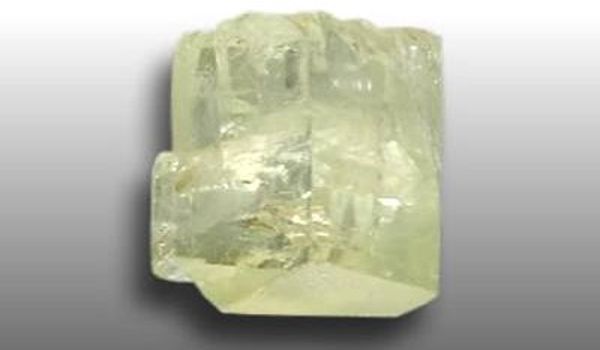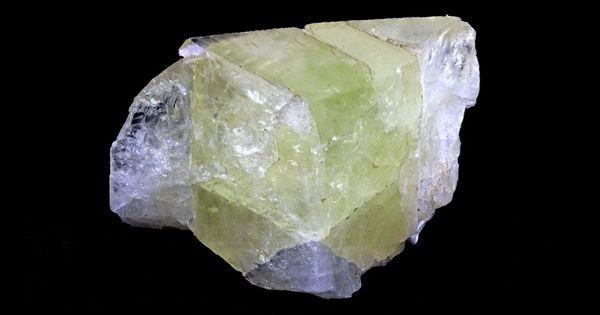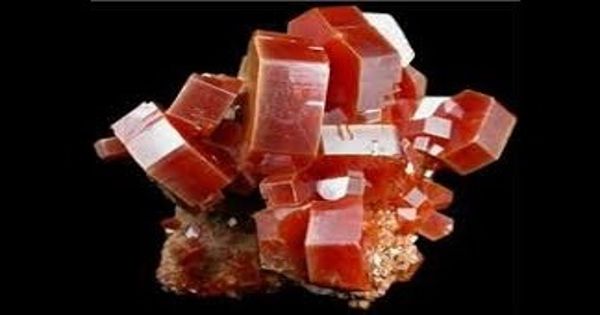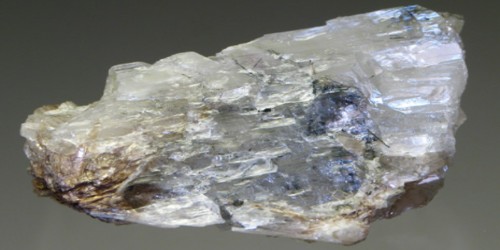Amblygonite is a fluorophosphate mineral, (Li,Na)AlPO4(F,OH), composed of lithium, sodium, aluminium, phosphate, fluoride and hydroxide. It is a phosphate mineral composed of lithium, sodium, and aluminum phosphate, that is an ore of lithium. The mineral occurs in pegmatite deposits and is easily mistaken for albite and other feldspars. It occurs in lithium- and phosphate-rich granitic pegmatites, often in very large, white, translucent masses. It contains high amounts of natural lithium, so it is a stone to assist the release of stress and anxiety.
Amblygonite forms a series with montebrasite, the low fluorine endmember. Its name comes from the Greek words for “blunt angles” in allusion to its variously angled cleavages. Geologic occurrence is in granite pegmatites, high-temperature tin veins, and greisens. Amblygonite rates as a 5.5 -6 on the mohs scale of hardness and thus it is generally better suited for jewelry such as pendants and earrings.
Amblygonite is a relatively common phosphate mineral. It comes in very light pink, very light yellow and a lovely light mint green colors of Amblygonite are colorless, blue, beige, gray or brown.
General Information
- Category: Phosphate minerals
- Formula: (Li,Na)AlPO4(F,OH)
- Crystal system: Triclinic
- Crystal class: Pinacoidal (1) (same H-M symbol)
- Color: Generally white or creamy, but can also be colorless or pale yellow, green, blue, beige, gray, brown, or pink.

Properties
Its density, cleavage and flame test for lithium are diagnostic. Its color is commonly yellow, although it has been found in shades of pink, beige, grey, green and white, although stones that are labeled white may simply be very pale yellow. It is an excellent healing stone for a number of health issues including helping those who have broken bones.
- Crystal habit: Prismatic to columnar form
- Twinning: Microscopic polysynthetic twinning common
- Fracture: Irregular/Uneven, Sub-Conchoidal
- Mohs scale hardness: 5.5 – 6
- Luster: Vitreous to pearly
- Specific gravity: 2.98 – 3.11
- Polish luster: greasy to vitreous (in gem material)
- Optical properties: Double refractive, biaxial, may be either positive or negative
Occurrences
Amblygonite occurs with spodumene, apatite, lepidolite, tourmaline, and other lithium-bearing minerals in pegmatite veins. It is found in lithium and phosphate-rich pegmatites as a primary mineral. It occurs as white, cream, colorless, pale yellow, green, blue, beige, grey, or pink depending on the minor mineral content in the crystal.
It contains about 10% lithium and has been utilized as a source of lithium. Gem quality amblygonite is mined in Brazil and Burma, as well as France and the USA. The chief commercial sources have historically been the deposits of California and France.
Information Source:
















